
Districts
Sri Lanka is divided into 25 districts, each governed by a District Secretary and further subdivided into Divisional Secretariats and Grama Niladhari Divisions. These districts are organized into nine provinces, reflecting the island’s rich cultural and geographical diversity.

Districts
Sri Lanka is divided into 25 districts, each governed by a District Secretary and further subdivided into Divisional Secretariats and Grama Niladhari Divisions. These districts are organized into nine provinces, reflecting the island’s rich cultural and geographical diversity.

Districts
Sri Lanka is divided into 25 districts, each governed by a District Secretary and further subdivided into Divisional Secretariats and Grama Niladhari Divisions. These districts are organized into nine provinces, reflecting the island’s rich cultural and geographical diversity.

Districts
Sri Lanka is divided into 25 districts, each governed by a District Secretary and further subdivided into Divisional Secretariats and Grama Niladhari Divisions. These districts are organized into nine provinces, reflecting the island’s rich cultural and geographical diversity.

Districts
Sri Lanka is divided into 25 districts, each governed by a District Secretary and further subdivided into Divisional Secretariats and Grama Niladhari Divisions. These districts are organized into nine provinces, reflecting the island’s rich cultural and geographical diversity.
Kandy District
Kandy District is a district of the Central Province of Sri Lanka. Its area is 1906.3 km². The capital of the district is Kandy.Kandy is a major city in Sri Lanka located in the Central Province. It was the last capital of the ancient kings' era of Sri Lanka. The city lies in the midst of hills in the Kandy plateau, which crosses an area of tropical plantations, mainly tea. Kandy is both an administrative and religious city and is also the capital of the Central Province. Kandy is the home of the Temple of the Tooth Relic (Sri Dalada Maligawa), one of the most sacred places of worship in the Buddhist world. It was declared a world heritage site by UNESCO in 1988.
It is the second-largest city on the island and the capital of the Central Province of modern Sri Lanka. Its geographic location has made it a major transportation hub on the island: while Kandy being the gateway to the Central Highlands of Sri Lanka, the city can be reached by major motorways in every direction of the island. The railway line from Colombo, the seaport on the western coast runs via Kandy to the farthest point of Badulla in the Central Highlands. The main roads Colombo-Kandy and Kandy-Nuwara Eliya are two of the most scenic roads of Sri Lanka; Colombo-Kandyroad passes through rubber plantations and rice paddies, Kandy-Nuwara Eliya road cuts through paddy fields and seamless tea plantations. Both roads claw their way up the winding, rounding over the rings of hills. Currently, feasibility studies are afoot for another highway between Colombo and Kandy via Kadawata and the scenic city of Katugastota.
Kandy is located in the mountainous and thickly forested interior of the island. The city is located in between multiple mountain ranges including the Knuckles mountain range and the Hanthana Mountain Range, giving the city an elevation of 500 meters (1,600 ft) above sea level. It lies adjacent to the artificial Kandy Lake and south of Udawatta Kele Sanctuary. Today Udawatte Kele is reducing its area.
Its climate is tropical rainforest. With Kandy located in the center of the island and in a high elevation, the city has a relatively wetter and cooler temperatures than that of the tropical climate of the rest of the country, especially the coastal regions. Nuwara Eliya is south of it and has a cooler climate due to its higher elevation. Nevertheless, Kandy's climate is still tropical as mean temperatures year-round are above 18 °C on average. The city does experience a drier period from January to April. From May through to July and October to December the region experiences its monsoon season, during this time the weather is rough and unstable. From March through the middle of May is the inter-monsoonal period, during this time there is light rain and strong humidity. The humidity is generally between 70% to 79%.
Kandyans do many things for leisure and entertainment in the city. Kandy is popular due to the annual procession known as the Esala Perahera, in which one of the inner caskets used for covering the tooth relic of Buddha is taken in a grand procession through the streets of the city.
Tourists attractions in Kandy District
Temple of the Sacred Tooth Relic, Royal Palace of Kandy, Udawattekele Sanctuary, Commonwealth War Cemetery, Millennium Elephant Foundation, International Buddhist Museum, British Garrison Cemetery, Kandy Lake, Peradeniya Botanical Gardens, Ceylon Tea Museum, Can buy Gem Museum, Knuckles Mountain Range, Lankatilaka Vihara Temple, National Museum of Kandy.
Districts of Sri Lanka
-
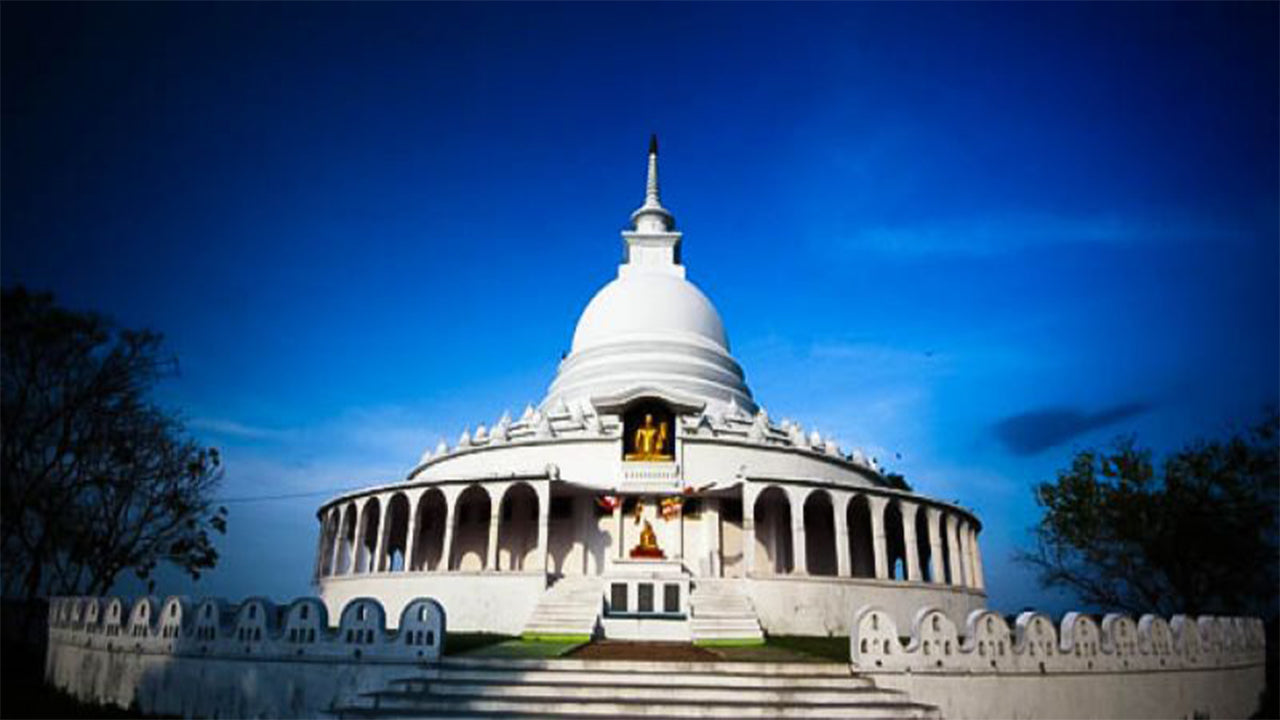 Ampara District
Ampara DistrictA district rich in agriculture, Ampara offers pristine beaches, historical Buddhist sites, and a diverse cultural landscape.
-
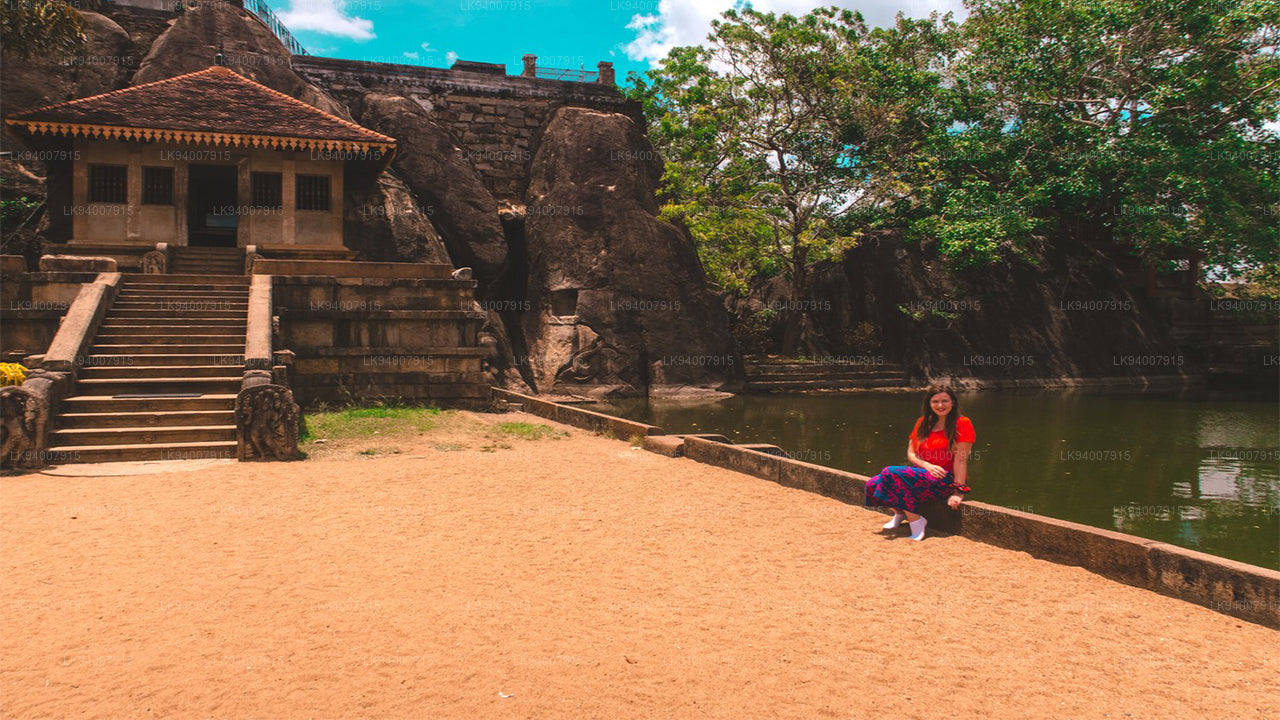 Anuradhapura District
Anuradhapura DistrictOne of the ancient capitals, Anuradhapura is a UNESCO World Heritage Site, rich with historic Buddhist monuments and temples.
-
 Badulla District
Badulla DistrictBadulla is a scenic district surrounded by mountains, tea plantations, and stunning waterfalls, offering a peaceful retreat.
-
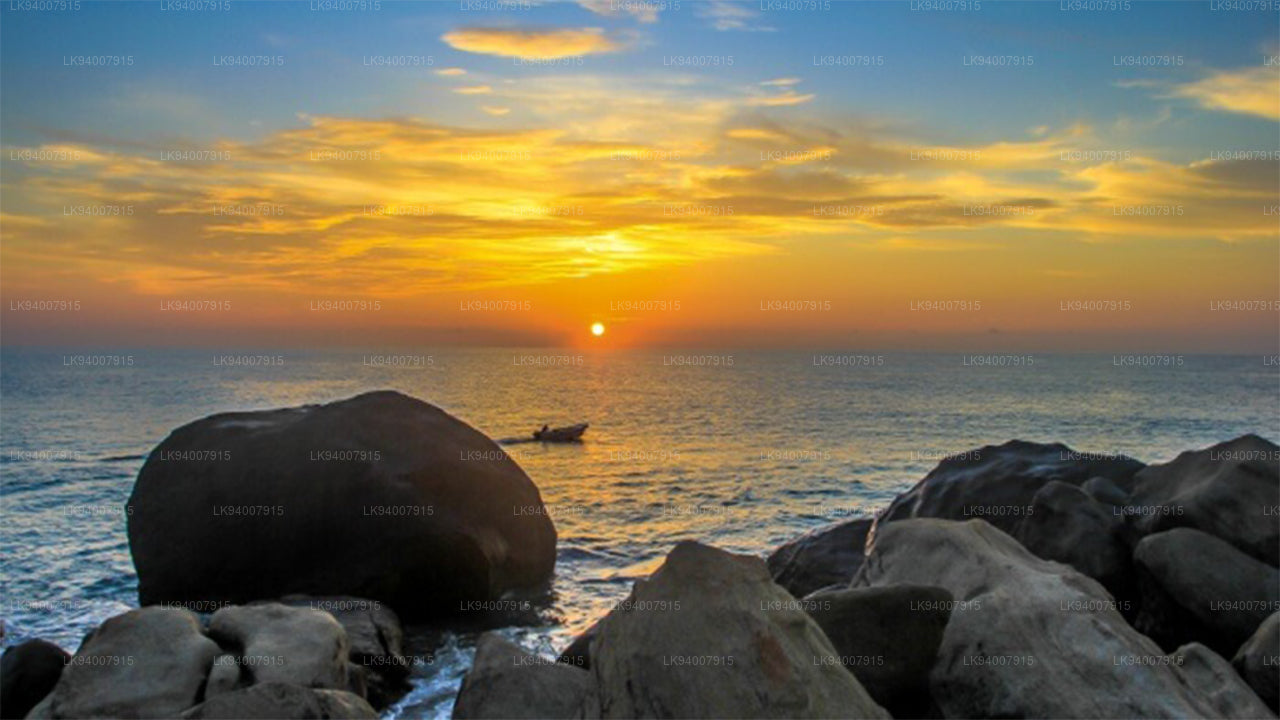 Batticaloa District
Batticaloa DistrictKnown for its lagoons and beaches, Batticaloa is a serene district with a rich blend of Tamil and Muslim culture.
-
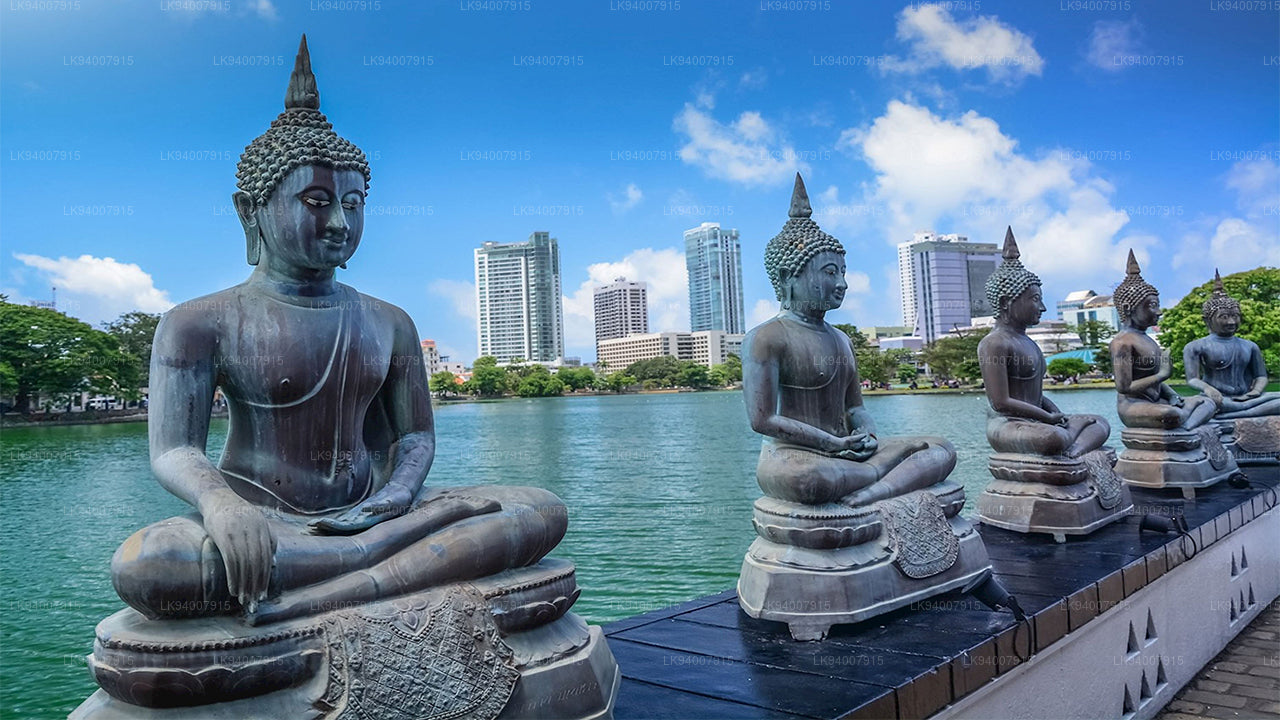 Colombo District
Colombo DistrictSri Lanka’s bustling commercial capital, Colombo is a vibrant metropolis known for its urban landscape, colonial architecture, and coastal beauty.
-
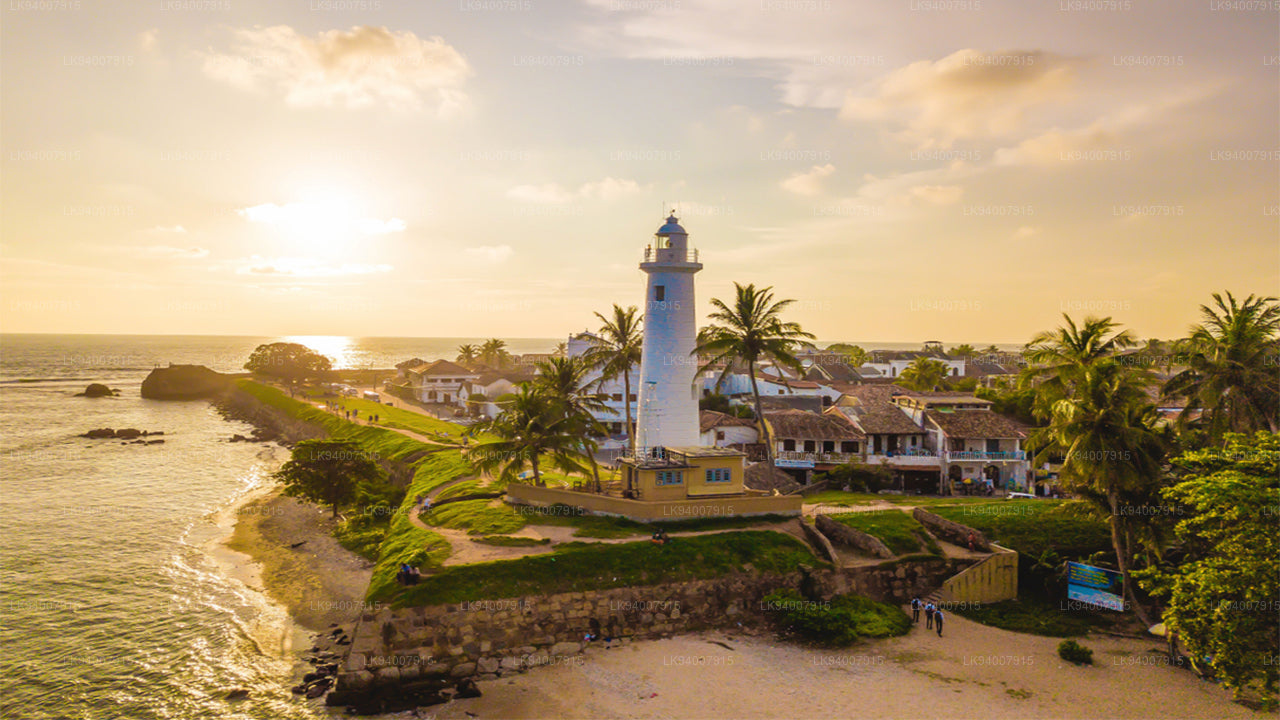 Galle District
Galle DistrictA historic coastal district, Galle is famous for its UNESCO-listed Dutch Fort, pristine beaches, and rich colonial history.
-
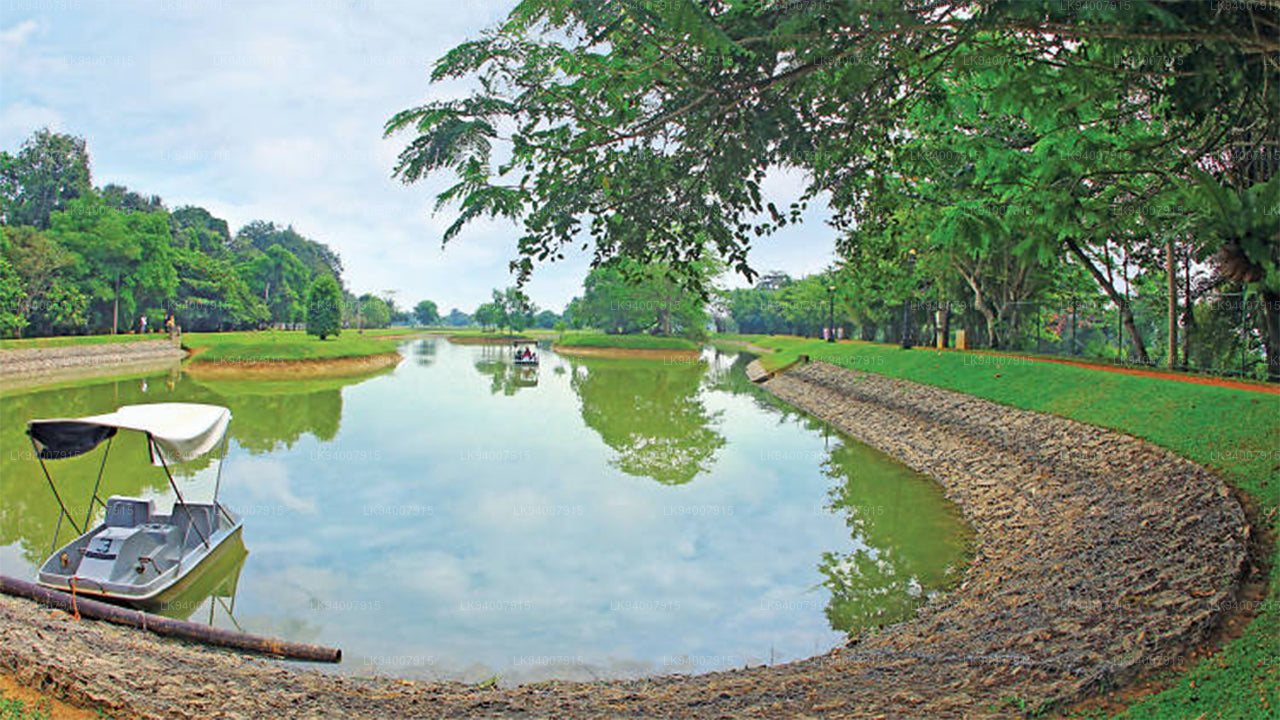 Gampaha District
Gampaha DistrictA district blending urban and rural life, Gampaha is home to the Katunayake Airport and scenic beaches.
-
 Hambantota District
Hambantota DistrictKnown for its wildlife parks, including Yala and Bundala, Hambantota is a growing hub of development and eco-tourism.
-
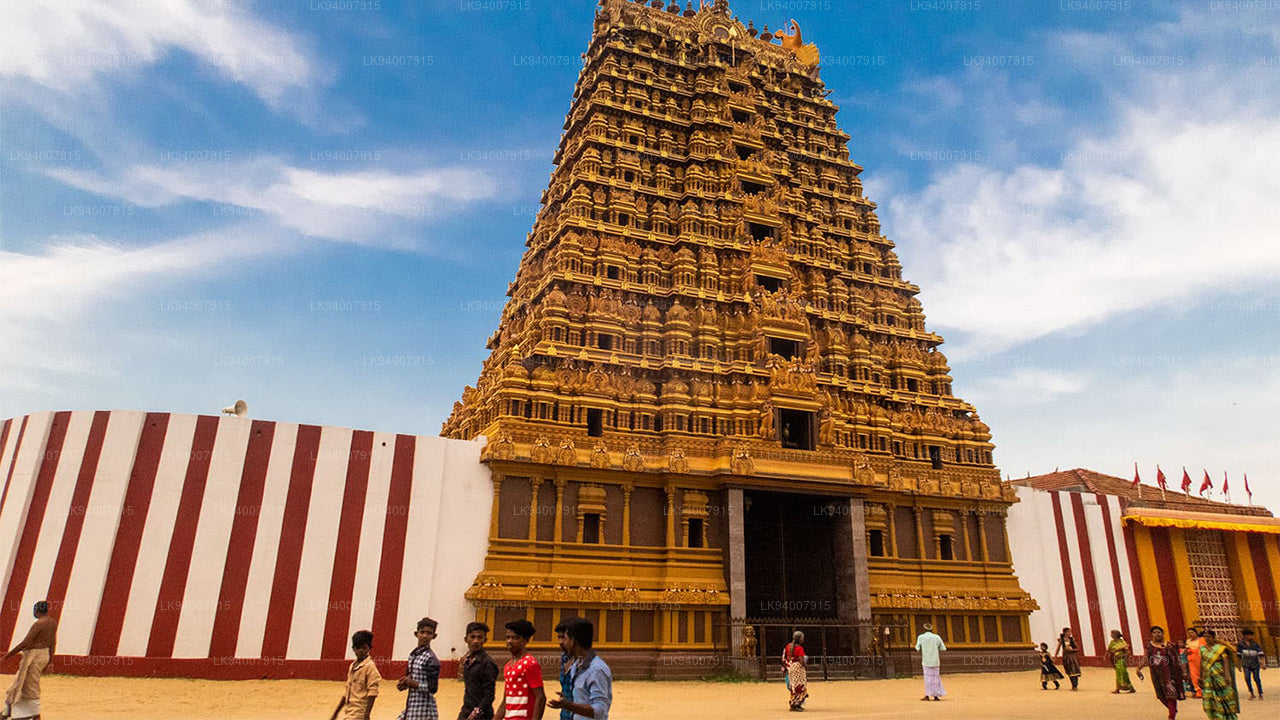 Jaffna District
Jaffna DistrictThe cultural center of Tamil heritage, Jaffna is known for its historic temples, vibrant culture, and rich history.
-
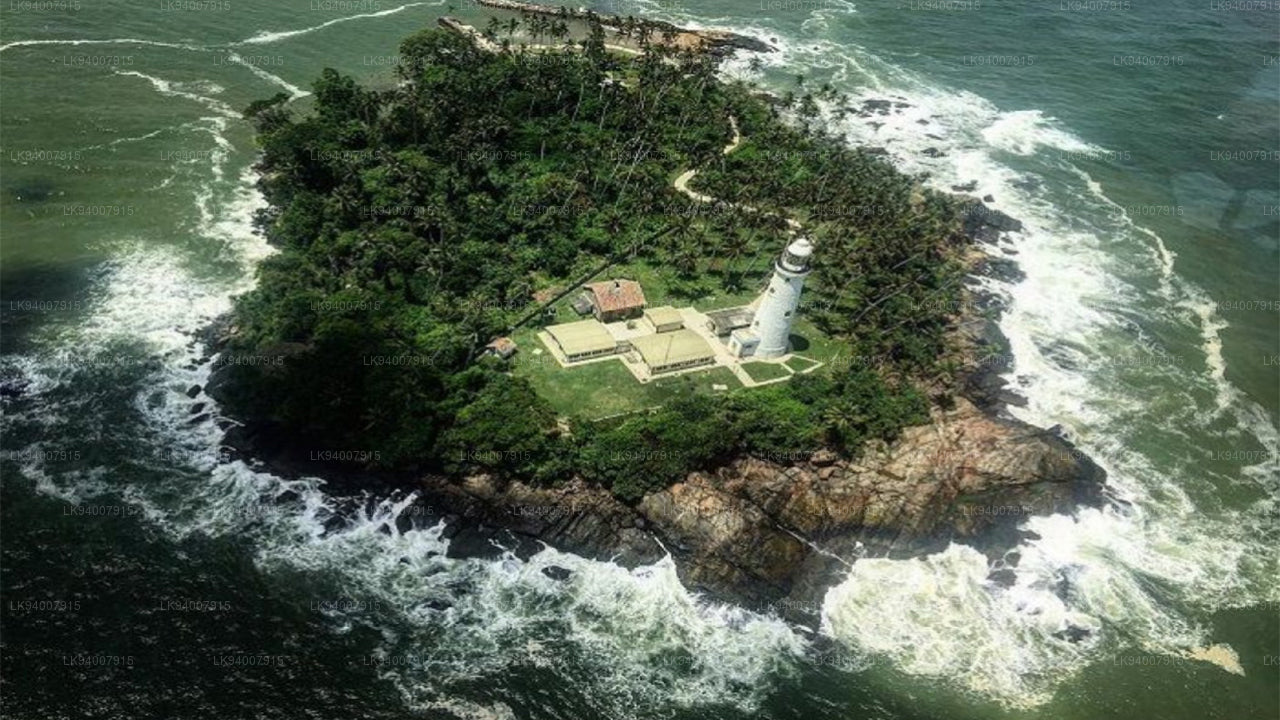 Kalutara District
Kalutara DistrictKnown for its historic Kalutara Bodhiya and beautiful beaches, Kalutara offers coastal charm and religious significance.
-
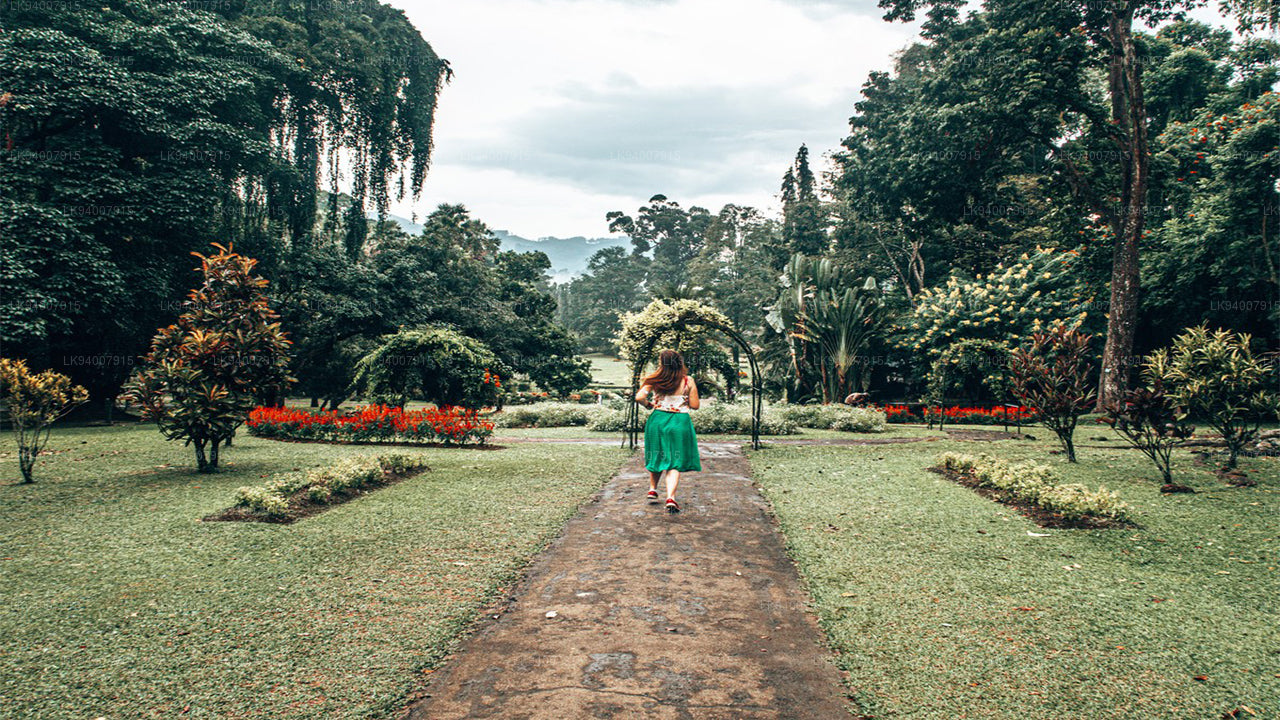 Kandy District
Kandy DistrictFamous for the Temple of the Tooth and its stunning lake, Kandy is the cultural heart of Sri Lanka and a UNESCO World Heritage Site.
-
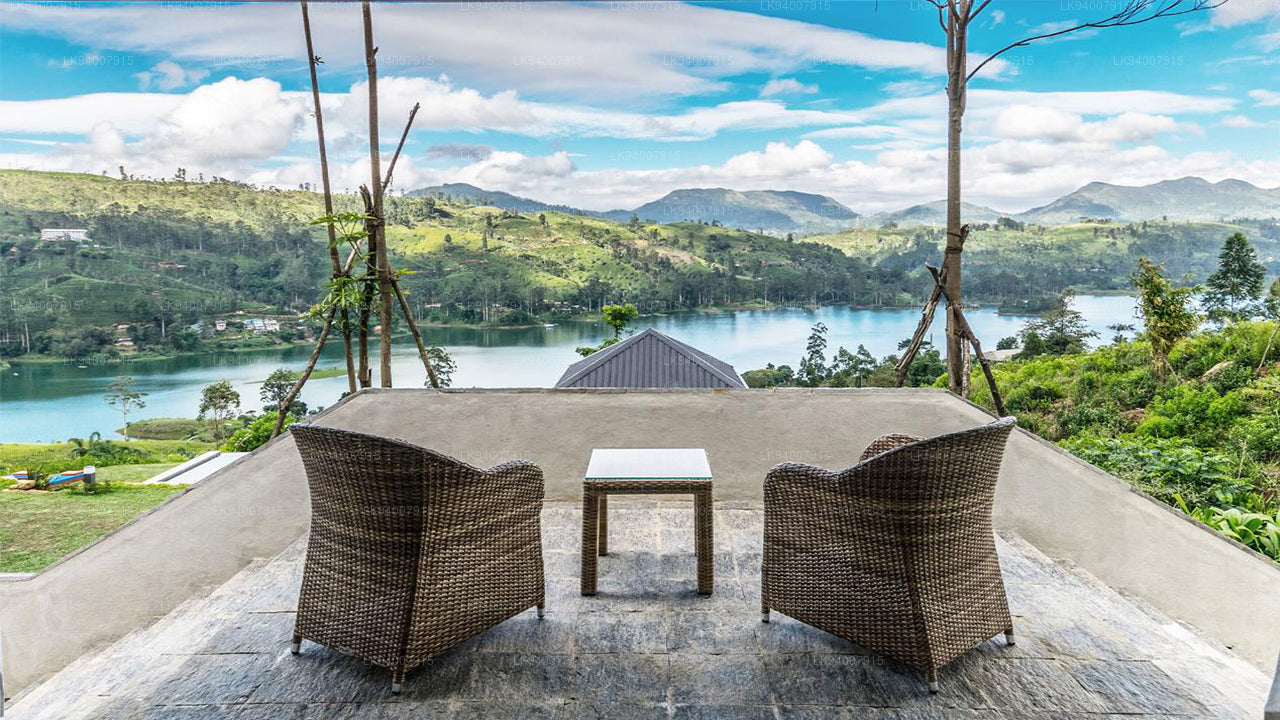 Kegalle District
Kegalle DistrictKegalle is known for its rubber plantations and the Pinnawala Elephant Orphanage, a popular tourist attraction.
-
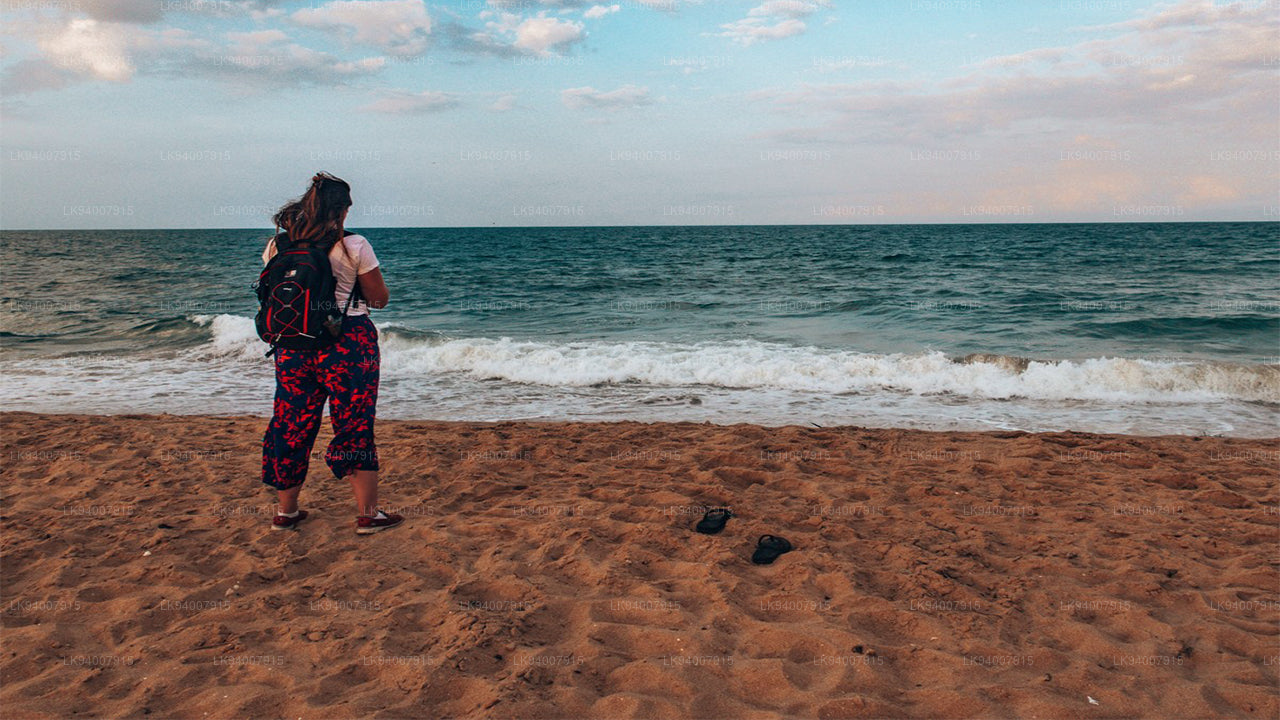 Kilinochchi District
Kilinochchi DistrictA primarily agricultural district, Kilinochchi has seen rapid post-war development and is home to numerous water resources.
-
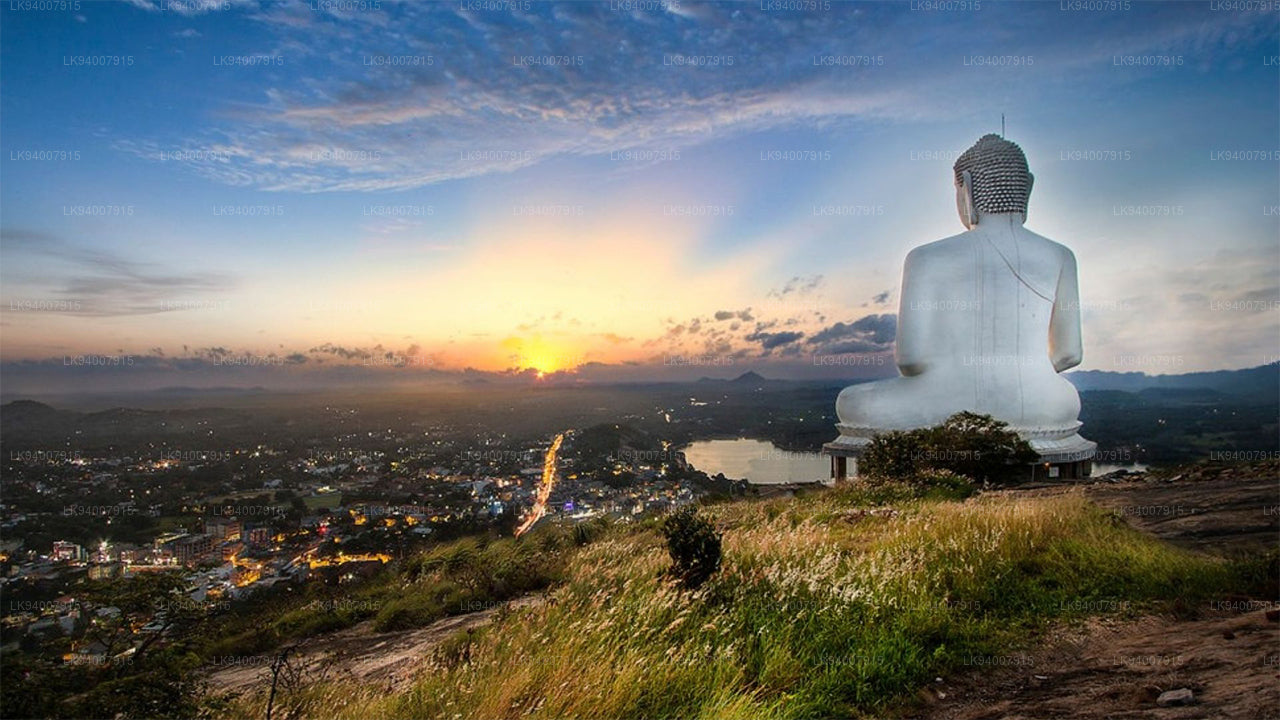 Kurunegala District
Kurunegala DistrictFamous for its elephant rock, Kurunegala is an agricultural hub surrounded by historic ruins and religious sites.
-
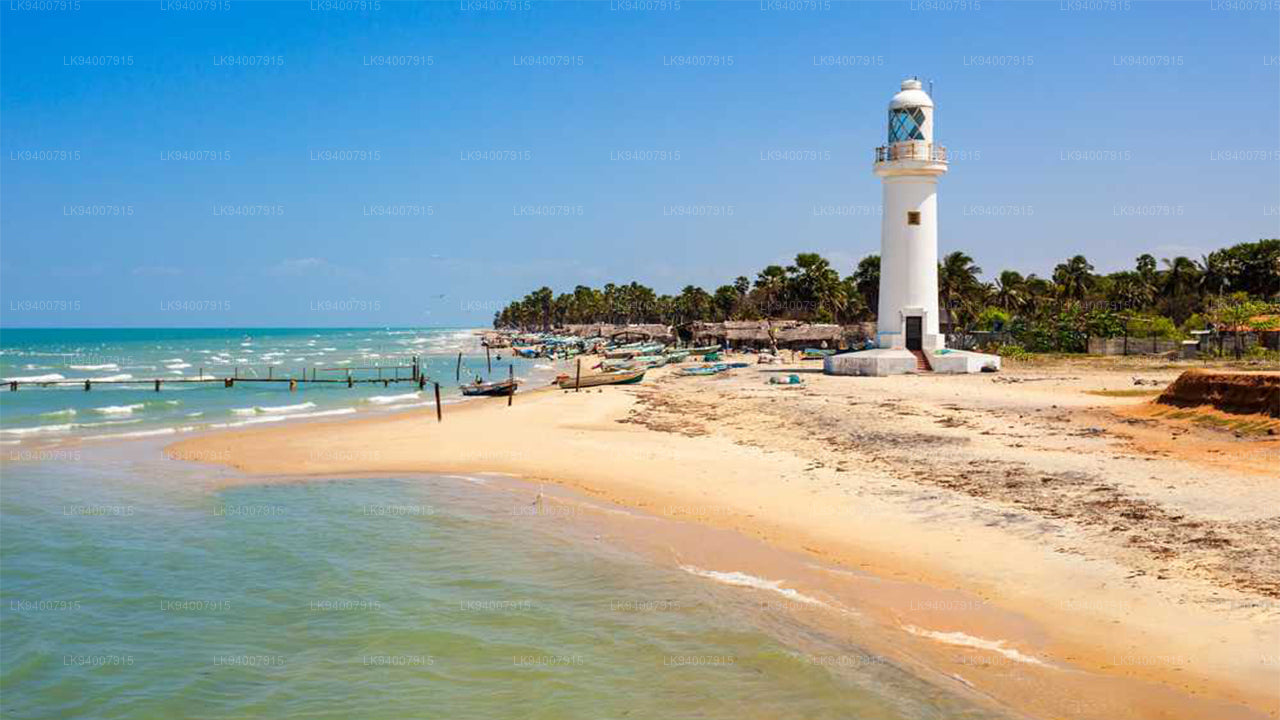 Mannar District
Mannar DistrictFamous for its unique landscapes, pearl fisheries, and the historic Mannar Fort, this district has a rich maritime history.
-
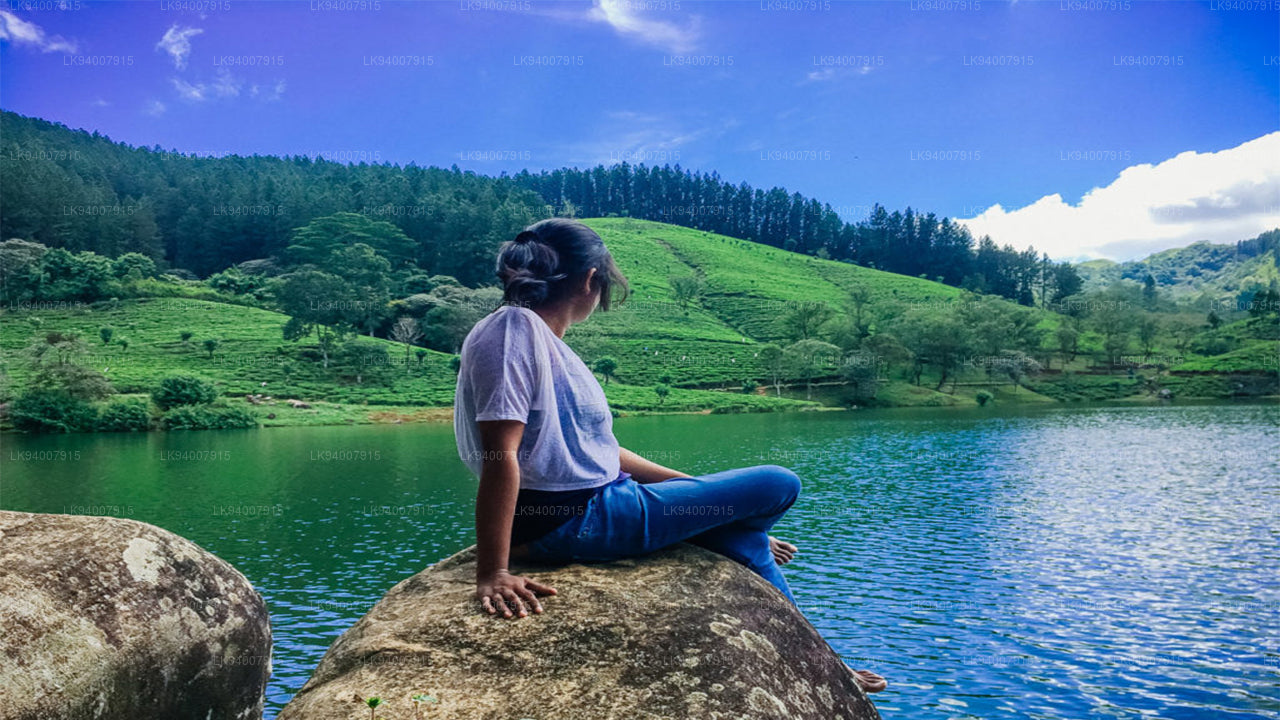 Matale District
Matale DistrictA district filled with spice plantations, waterfalls, and historic temples, Matale offers scenic natural beauty.
-
 Matara District
Matara DistrictMatara boasts stunning beaches, the Dondra Head lighthouse, and a mix of coastal and cultural attractions.
-
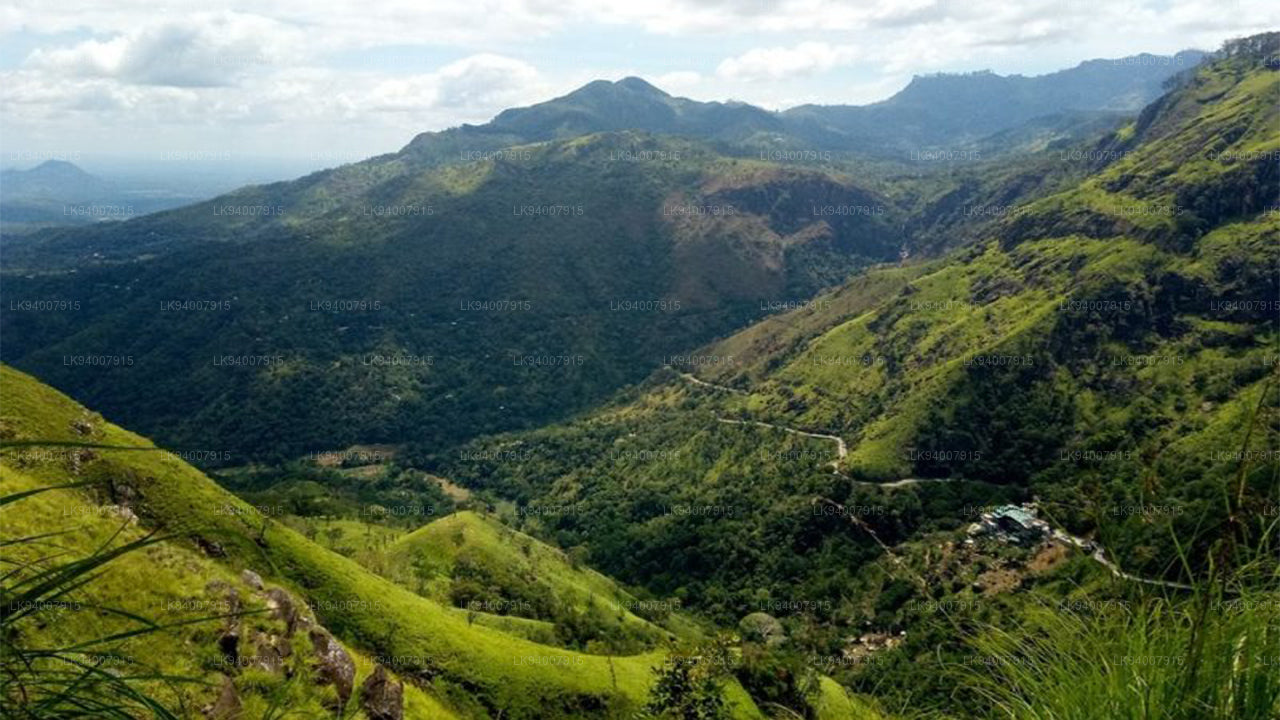 Monaragala District
Monaragala DistrictKnown for its rugged landscapes and rich biodiversity, Monaragala is an agricultural district with vast natural beauty.
-
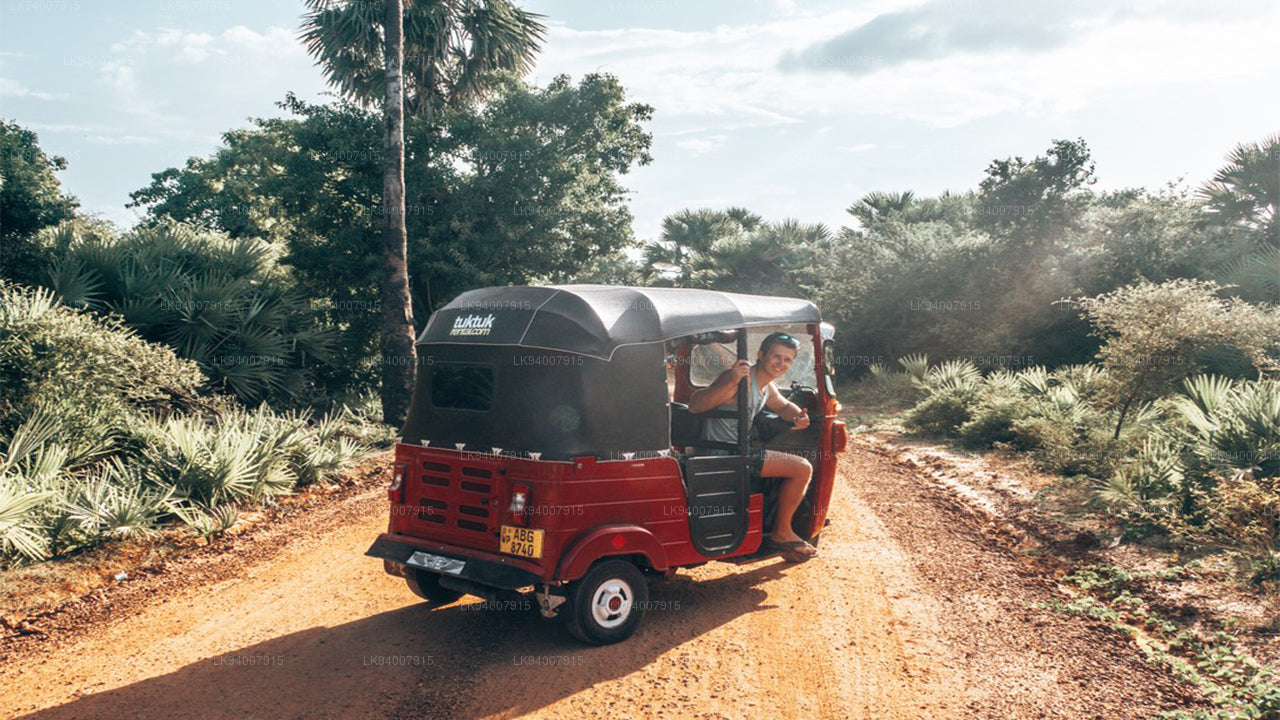 Mullaitivu District
Mullaitivu DistrictA largely rural and coastal district, Mullaitivu is known for its beaches and significant history during the civil conflict.
-
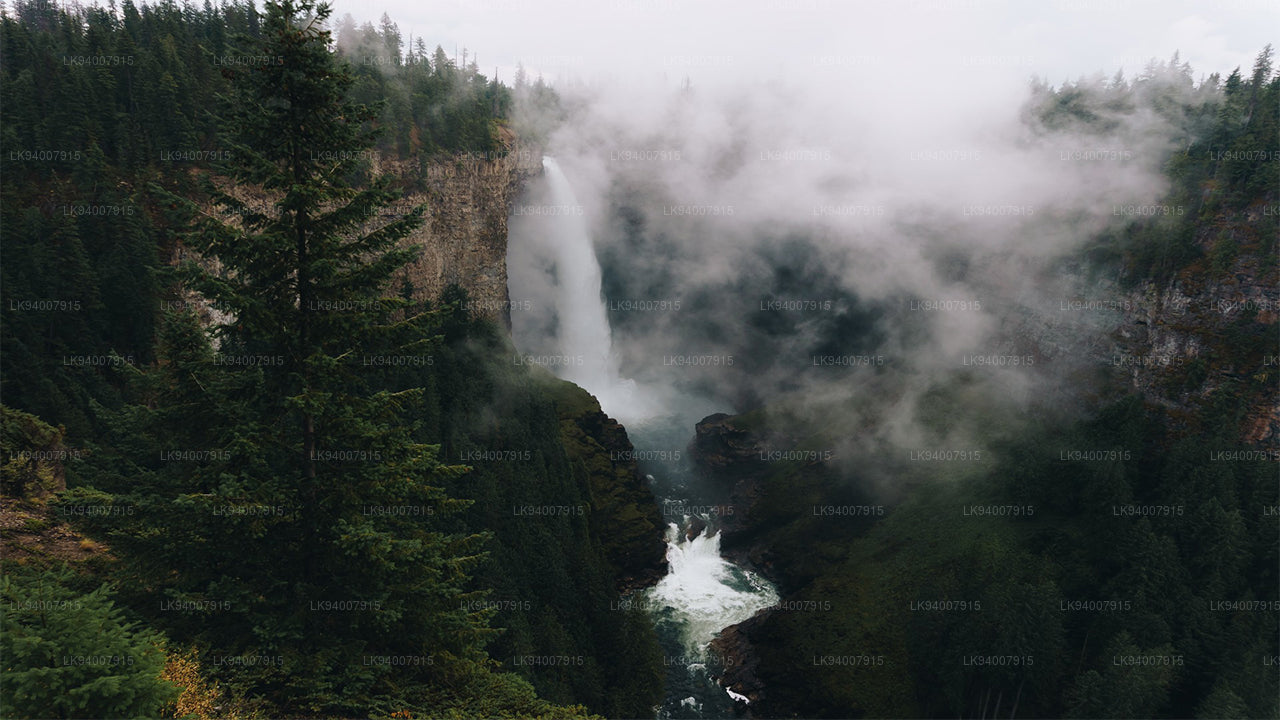 Nuwara Eliya District
Nuwara Eliya DistrictOften called "Little England," Nuwara Eliya is renowned for its cool climate, tea plantations, and colonial architecture.
-
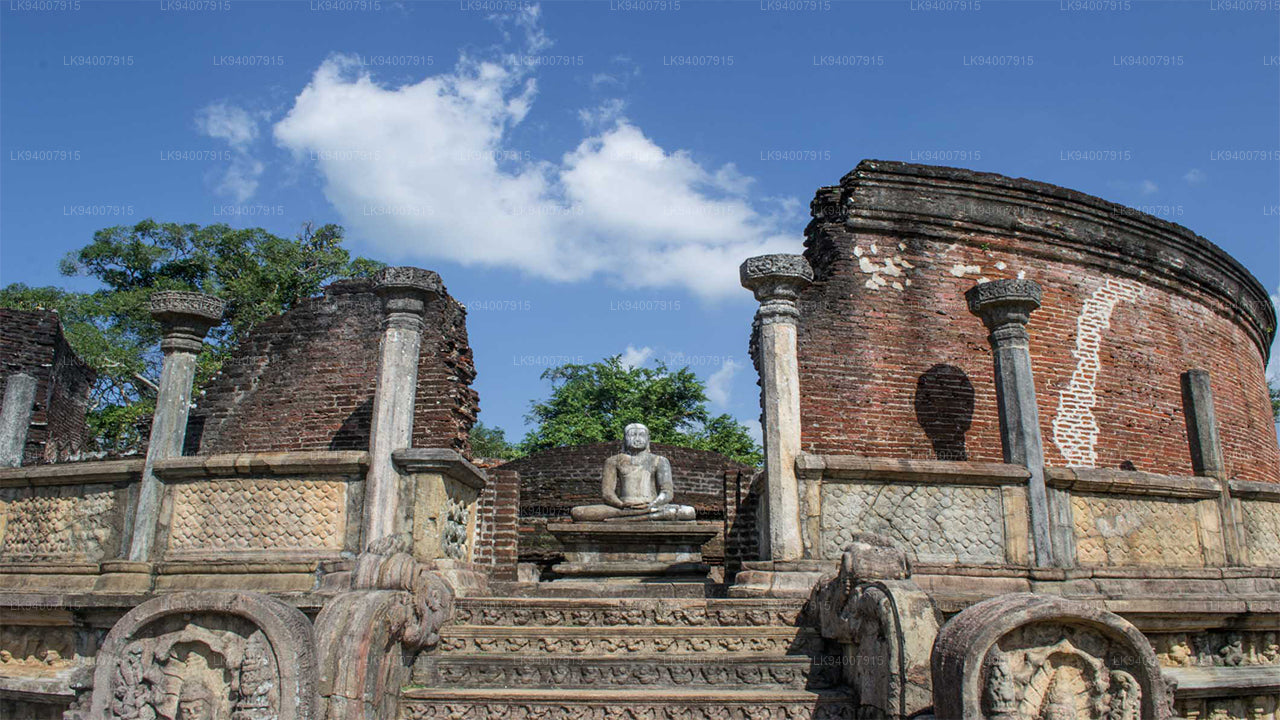 Polonnaruwa District
Polonnaruwa DistrictPolonnaruwa is a treasure trove of ancient ruins, including the famous Gal Vihara, and a key archaeological site.
-
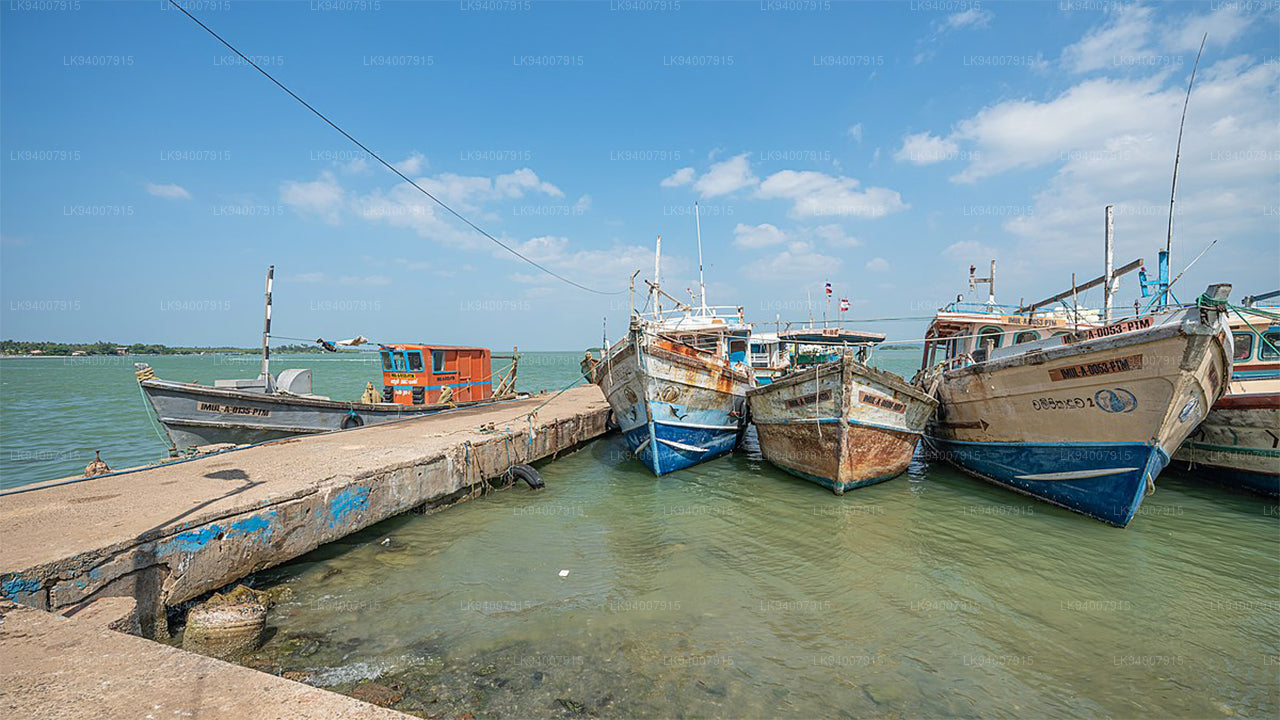 Puttalam District
Puttalam DistrictPuttalam is known for its coastal lagoons, wildlife sanctuaries, and salt production, along with a growing wind energy sector.
-
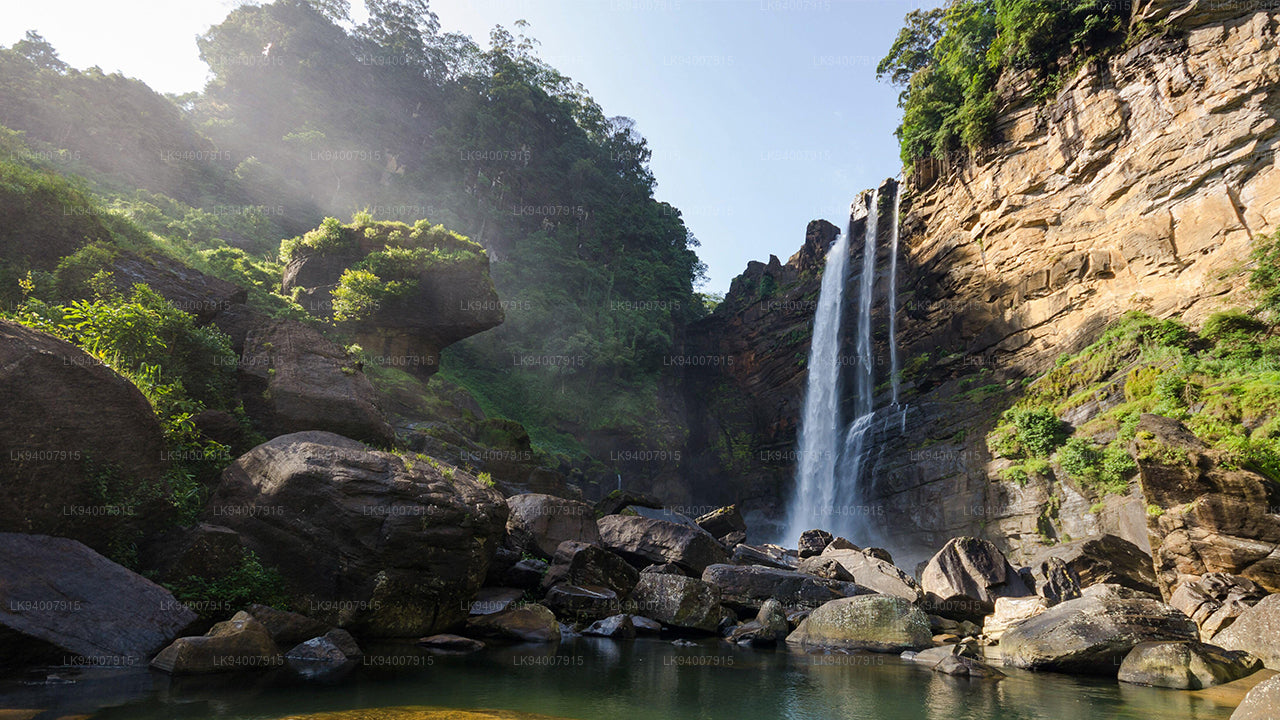 Ratnapura District
Ratnapura DistrictThe "City of Gems," Ratnapura is famous for its gem mining and lush green landscapes filled with waterfalls and tea estates.
-
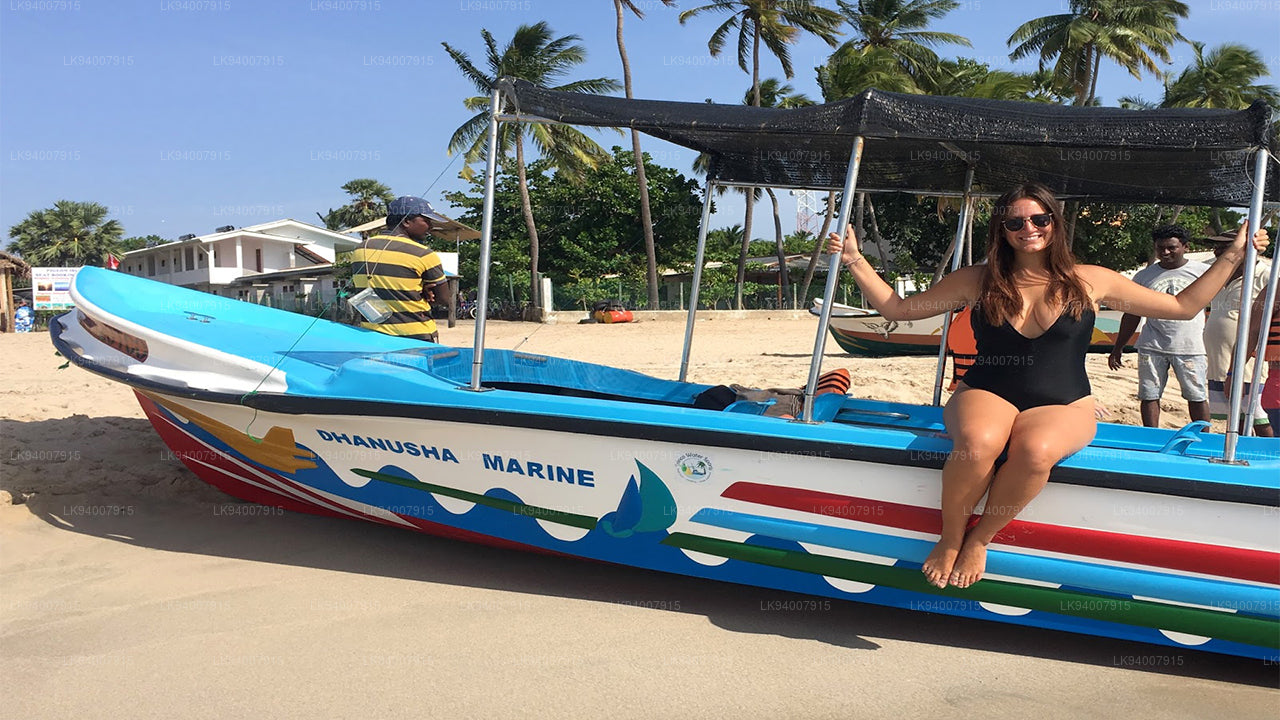 Trincomalee District
Trincomalee DistrictA coastal gem, Trincomalee is home to beautiful beaches, historic Hindu temples, and one of the world’s finest natural harbors.
-
 Vavuniya District
Vavuniya DistrictA key transit hub between the north and south, Vavuniya is known for its agriculture and growing urbanization.





























